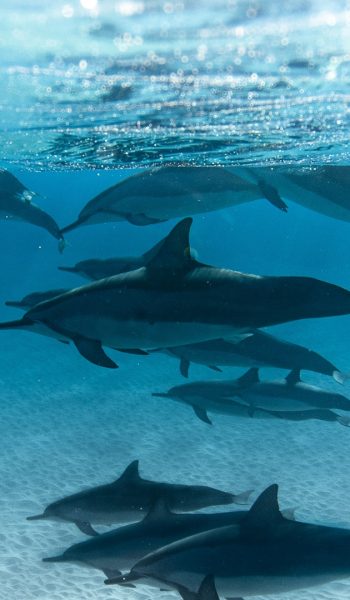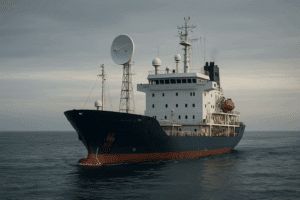Climate change, pollution, the loss of natural resources, social inequality, income disparity, famine, and financial crises —are all pressing issues that countries around the globe are currently facing in some way or another. An urgent need to tackle all these global matters has become the focus in the last decade, especially due to the UN’s action plan of 17 Sustainable Development Goals, which aims to create a more sustainable and equal world for the population and the environment as well. For many years, governments have attempted to overcome these difficulties, and the economic factor, being the motor that drives countries to wealth and prosperity, was seen as a potential path to achieve sustainability and overall balance between nature and man. Therefore, to reconcile the idea that an economy can provide for its citizens as well as protect the environment, the concepts of “blue” and “green” economies were introduced and subsequently adopted by countries around the world.
Your environmental monitoring at your fingertips!
Optimize your environmental monitoring, become smarter and more sustainable with a unified system that gathers all your environmental sensors & data in one place.

Although we may think that the “blue economy” is limited to the ocean and the marine ecosystem — just as we might make a similar assumption about the green economy —, this isn’t the case. The idea behind these economies is for countries and companies to create new business models that profit off our natural resources and reduce waste and mismanagement to a minimum to meet everyone’s needs on a global scale, while at the same time striving to safeguard our planet’s natural resources.
What does “green economy” mean?

The concept of a green economy was first coined in 1989 in a report commissioned by a group of environmental economists for the UK government. The definition had been vastly linked to the term “sustainable development” and its involvement in economic policies and practices. Later, as governments searched for ways to sort through energy, food, and financial global crises, the scope of this economy was expanded to include not just a single country’s environmental policies, but to take on global issues such as climate change, deforestation, wildfires, ozone depletion, and so on. By enlarging the scope of these green economies, they would promote international cooperation amongst countries and adopt the UN’s 2030 Sustainable Development agenda.
What is a “blue economy”?

Your environmental monitoring at your fingertips!
Optimize your environmental monitoring, become smarter and more sustainable with a unified system that gathers all your environmental sensors & data in one place.

Conclusion About the Difference Between Blue and Green Economy
Frequently Asked Questions About How we Can Define the Difference Between Blue and Green Economies
As per United Nations’ definition, it refers to long-term shifts in temperatures and weather patterns that can occur naturally but that, nowadays, human activities are the principal cause of climate change, due to burning fossil fuels like coal, oil, and gas, which release powerful toxins into the environment.
As defined by the UN: “sustainable development is the development that meets the needs of the present without compromising the ability of future generations to meet their own needs.” Sustainability aims to integrate environmental health, social equity, and economic vitality to maintain and preserve an ecological balance for current and future generations.
In line with the 2030 Agenda for Sustainable Development, they are described as “an urgent call for action by all countries, developing and developed, in a global partnership.” The Goals are: (1) no poverty, (2) zero hunger, (3) good health and well-being, (4) quality education, (5) gender equality, (6) clean water, (7) affordable and clean energy, (8) decent work and economic growth, (9) industry, innovation and infrastructure, (10) reduced inequality, (11) sustainable cities and communities, (12) responsible consumption and production, (13) climate action, (14) life below water, (15) life on land, (16) peace and justice strong institutions, and (17) partnerships to achieve the goal.


